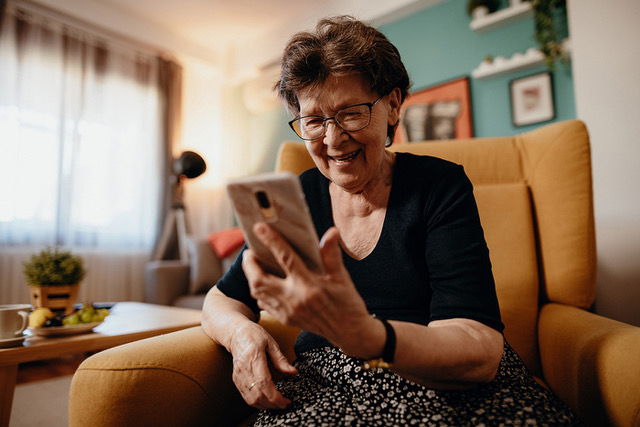Technological innovation is one of our growth drivers here at Legal & General. Why? Because technology solutions increase security, improve the way we work and live – something that has been especially important recently as we and others have transitioned to working from home – and, crucially, how we access information, all of which provides a fairer and more inclusive society.
Studies have shown that extending traditional financial services to low-income households and small businesses goes hand in hand with increasing economic growth1 and decreasing income inequality,2 yet it’s not uncommon for these demographics to miss out on access to traditional financial institutions altogether. Some 1.7 million people globally remain ‘unbanked’.3 But with 87% of all adults in Great Britain using the internet daily,4 taking financial services online through technological advances and innovation makes these services more accessible to the wider population, putting people in control of their financial futures.
While the COVID-19 pandemic accelerated the shift towards an increasingly digital landscape, creating a more accessible and inclusive offer has driven us for a long time. “Designing for better access has been part of a designer's toolkit for a long time,” says Robert Newham, Legal & General’s Director of Digital Design. However, he says that this year’s Global Accessibility Awareness Day led to deeper thought on the subject at Legal & General. “Through these events, there was an awakening moment and a learning moment for us, where we saw the much broader landscape of inclusivity.”
Research from the campaign found that 40% of UK households include at least one disabled person, an estimated 10% of people in the UK have dyslexia and 2million people are living with sight loss.
So, how can we create a more accessible offer that works for the people who need it? In accordance with Legal & General’s design principals, we start and end with the customer. This means beginning with research. "It’s part of our DNA," says Newham. "We're approaching this from a beginner's mindset. We listen to our users, our customers and our employees, before starting any design treatment. We've done 220 studies this year, and this is mainly in the customer space. That's 15,000 research respondents.”
With such high numbers of response, a percentage of participants will naturally be people with impairments or disabilities, but to gain deeper insight to their needs we are actively working to engage with more of people that identify in this group.
At the same time, we know that not all of our customers feel comfortable using digital services, so we’ve maintained a post room service for those who do not have access to digital channels. We also continue to operate call centres for those more comfortable with phone service.
"They are excellent people and have amazing training on vulnerability, on looking out for the signs of vulnerability and situations where customers need extra support," says Newham. "We also offer alternative formats. So we offer materials and Braille and in other formats."
By opening up digital access while keeping more traditional services alive, we’re increasing financial resilience for our customers. So while there is always more to be done, we’re learning that digital transformation encourages people to engage with and take control over their financial futures. We’re learning that, as long we don't lose touch with those who lack digital access, digital transformation creates a more inclusive society. What's more, we’ve partnered with Co-Op Legal Services to help customers access a Lasting Power of Attorney at a discounted rate so they can rest assured their money can be accessed by the right people for when they need a helping hand. (Read more about financial inclusion in our CSR report.)


